As runners, we often put our bodies through some pretty uncomfortable challenges, and this is a good thing. Without challenges to overcome we have no reason to improve. However, the stress of consistant challenges without adequate recovery is a recipe for injury. Self-myofascial release, more commonly known as "foam rolling" is a a useful tool for runners in order to maintain mobility and speed recovery.
"Myofascial" refers to the fascia which is a connective tissue that surrounds muscles. Repetitive motions such as running can cause this tissue to stiffen resulting in a decrease in mobility. Overtime, if not managed this decrease in mobility can alter a runners gait and contribute to injury. Self-myofascial release, "foam rolling," is intended to loosen the fascia and restore mobility. As an added benefit, foam rolling can increase blood flow to sore muscles aiding in recovery.
I had the opportunity to talk with Ultrarunner and Sports Chiropractor, Dr. Hal Rosenberg. Dr. Rosenberg has worked with hundreds of top endurance athletes and took some time from his practice to demonstrate for us various foam rolling techniques that runners can add to their training for happier healthier running.
This is a video you found on the internet and not intended as medical advice. For medical advice consult your doctor.
Music: Bensound.com
00:52 - Why Foam Roll
01:50 - What Areas Should We Roll
02:23 - When Should I be Foam Rolling
03:32 - Do's and Don'ts of Foam Rolling
05:09 - Various Foam Rolling Tools
07:11 - Rolling the Foot (Plantar Fascia)
08:25 - Rolling the Calves
12:15 - Rolling the Peroneals
13:36 - Rolling the IT Band
16:08 - Rolling the Quads
17:49 - Rolling the Adductors

